In the context of Next Generation EU, Italian institutional communication today faces the opportunity to redefine its own voice. After years in which the country’s image has been dispersed across heterogeneous and sometimes incoherent languages, the rebranding of Ferrovie Italiane (Italian Railways), the national and international European leader in the mobility sector, emerges as an emblematic case of how public brand design can become a tool for cultural and reputational regeneration. It operates through a double movement: from the Company to the Country and from the Country to the Company, in line with the principles of Country of Origin (CoO). In this scenario, communication no longer represents an accessory or support area for institutions, but rather a design lever capable of guiding processes of territorial transformation. The strategic project thus assumes the value of a System Intervention within the Country System, where design becomes the symbolic infrastructure upon which to build.
Communication design, after all, has long demonstrated its capacity to influence collective culture: the “rituality” with which Italian companies have historically designed, published and shared their visual artifacts has profoundly shaped the Brand Reputation of the Country. Strategic corporate communication has, over time, generated an intangible cultural heritage of extraordinary value, more a “Visual Heritage” than a mere “Visual Identity”, which today constitutes an authentic national asset in which people can see themselves reflected. In this sense, the public brand acts as a cultural actor, a vehicle through which the nation can narrate its own evolution and renew the nature of its role in the world.
Alongside opportunities, there are also urgencies. Within the growing liberalization of the railway market, Italy remains characterized by limited competition, with Italian Railways retaining a monopolistic position. The rebranding thus becomes a necessary tool to reposition the holding as an operator aware of these economic and socio-political transformations, aligned with European standards and fully integrated into the Single European Railway Area (EESC). The goal is to move beyond the current image and restore to the brand its title as a journey toward the international stage, as Italian Railways increasingly extends beyond its territorial borders. Equally clear is the urgency of a human-centered identity: from urban regeneration to the enhancement of disused lines, from social inclusion initiatives to multimodality projects, from digitalization as a vector of proximity to the user and their consumer journey, the holding plays an active role in building new relational spaces, both physical and virtual, between citizens and infrastructures.
In concrete terms, the uniqueness of the outcome – presented as a master’s degree thesis in Design, Visual and Multimedia Communication at Sapienza University of Rome – lies in the fact that the Brand Language does not place the traditional “logo” at the center of the visual identity. In the contemporary context, where the logo itself may be regarded as a concept, such centrality would be reductive. This prompts a question: what, then, stands at the center? According to Interbrand and Kantar, over 70% of a brand’s perceived value is linked to the strength of its Brand Equity, which is all the stronger when the brand succeeds in building a relationship with the customer by offering functional, emotional or self-expressive benefits (Aaker, 1996). In other words, it is the Brand Experience, the overall perception and emotional bond between consumer and brand, that determines the brand’s lasting value as well as its monetary worth. The key needs and opportunities speak of transversality: of an international, multi-domestic, multi-modal and multi-target strategy; of values ranging from contemporary codes to heritage; of innovation understood as a hybrid smart system; and of an openness to a competitive market that demands more versatile approaches. If transversality indicates where and in what ways the brand must be present, experience defines how it is perceived by the public, its relevance.
The concept of dynamism is thus pushed to the limits of the contemporary and the digital. The result is a language asset called The Flow, so dynamic that it can never be crystallized in a single frame. Transversal in morphology, in nuanced chromatic variations and in intent, the Flow embodies experience: an Experience-Driven Identity. Let us ask, who is Italian Railways? It is the flow that unites two lovers separated by distance, a young woman and her future as she chases her dreams elsewhere, a tourist and culture, a father far from his family. Italian Railways is love, self-realization, home, shared history. It is that invisible flow that carries all of this within it, crossing and connecting us as it has done for over 120 years. The Flow symbolizes the interrelation that includes people, vehicles, places, cultures and, “naturally,” Italian history.
Yet, there remains the need for a compact, recognizable mark, usable as a “seal” where necessary. And so, if the mark has truly yielded to experience, becoming a historical remnant, then it is precisely a historical remnant that guarantees the brand. Alongside The Flow, the logo gathers and reinterprets the historical symbol of Italian Railways (1970s), projecting it into a thoroughly contemporary scenario. This Brand Revival choice outlines a distinctive approach definable as a Disruptive Heritage Strategy: a strategy that, while deconstructing, also recovers and projects a legacy into the future, updating it and recalling luxury: that of historic trains, the Dolce Vita, the art galleries and the imagery of travel that transcends utilitarian function to evoke experience. It is a visual and conceptual short circuit, a fixed point that, paradoxically, confirms the rule of continuous movement.
Once the identity is established, what moves the brand in the public sphere is its Brand Essence, defined by the Values that guide its marketing manifestations. There are four core values. First, this brand is Italian: a postcard of the country for visitors from abroad and an ideal travel companion for those who already use it regularly – both inspired by a nation proud to contribute to its cultural, economic, territorial and social growth. Second, this brand is Inclusive: it engages, participates in social issues and builds genuine bonds and experiences with people. Third, it is Sustainable, in line with the Mindscape trend (Trainline & SWG, 2025) – the pleasure of greenery, integrated as an onboard service for people’s well-being. Fourth, it is Innovative: the Takeout Message shifts from One-to-All to One-to-One, moving the brand’s physicality onto an as-a-Service platform (MaaS), transforming service into an adaptive experience.
This strategy thus narrates an Italy rediscovering itself through branding. Italian Railways, from a material infrastructure, becomes a cultural infrastructure: a case study of how design can drive the transformation of the nation and its public image. It marks the beginning of a new ritual, the one that unites tradition and innovation, vision and care, past and future, experience and stillness. A ritual that speaks of Italian Railways for Italy as a living brand, in constant motion. Always close to you.
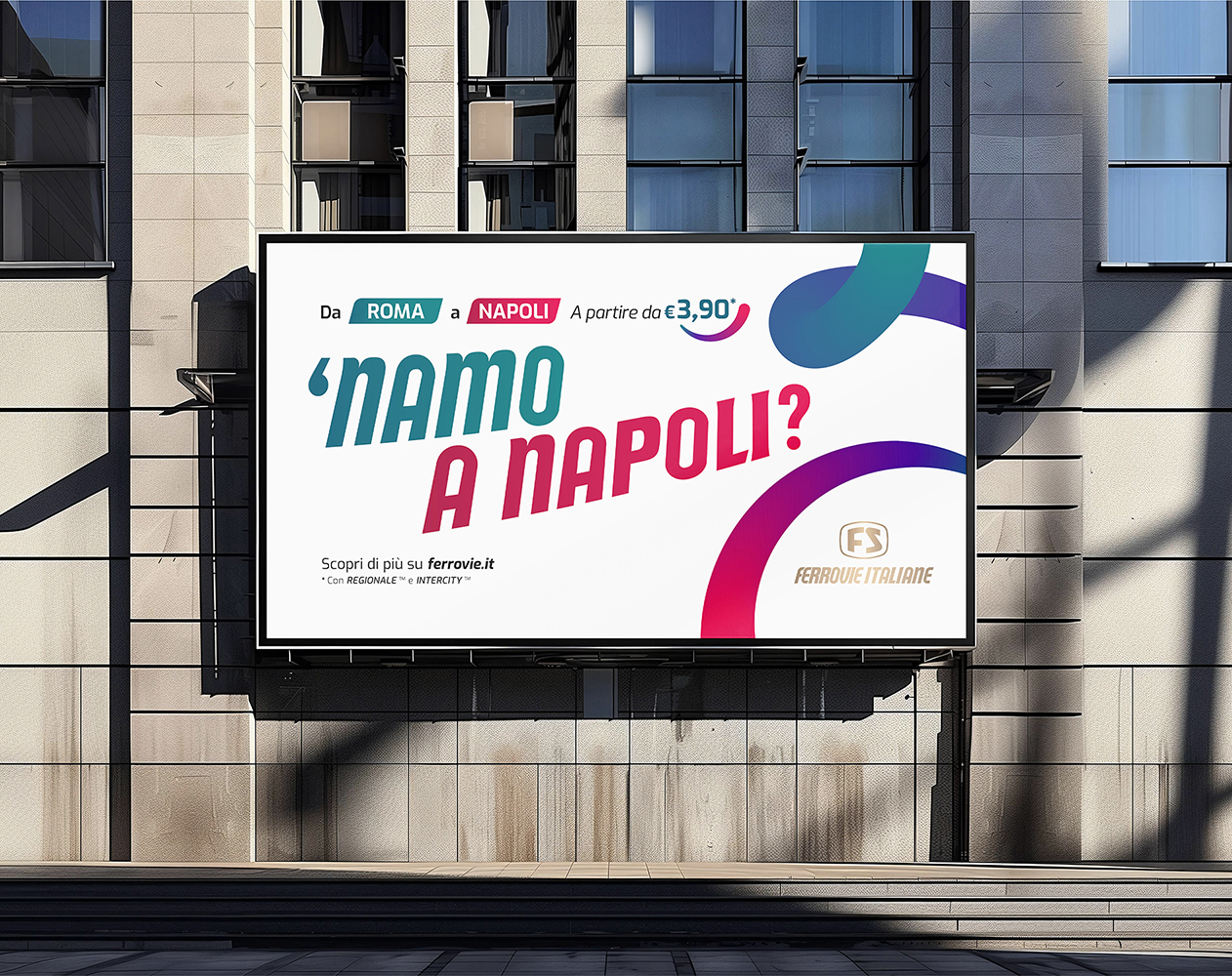

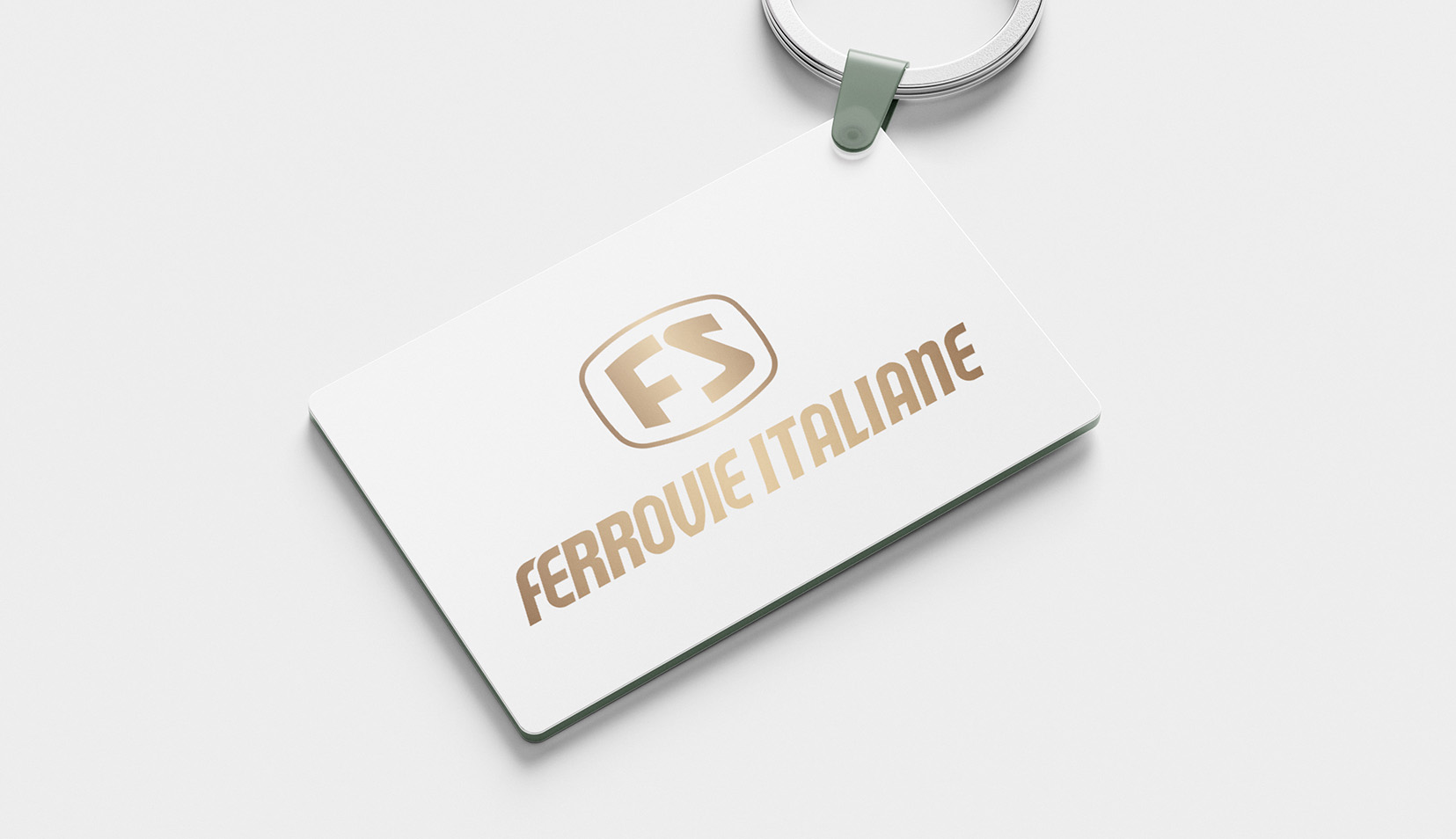
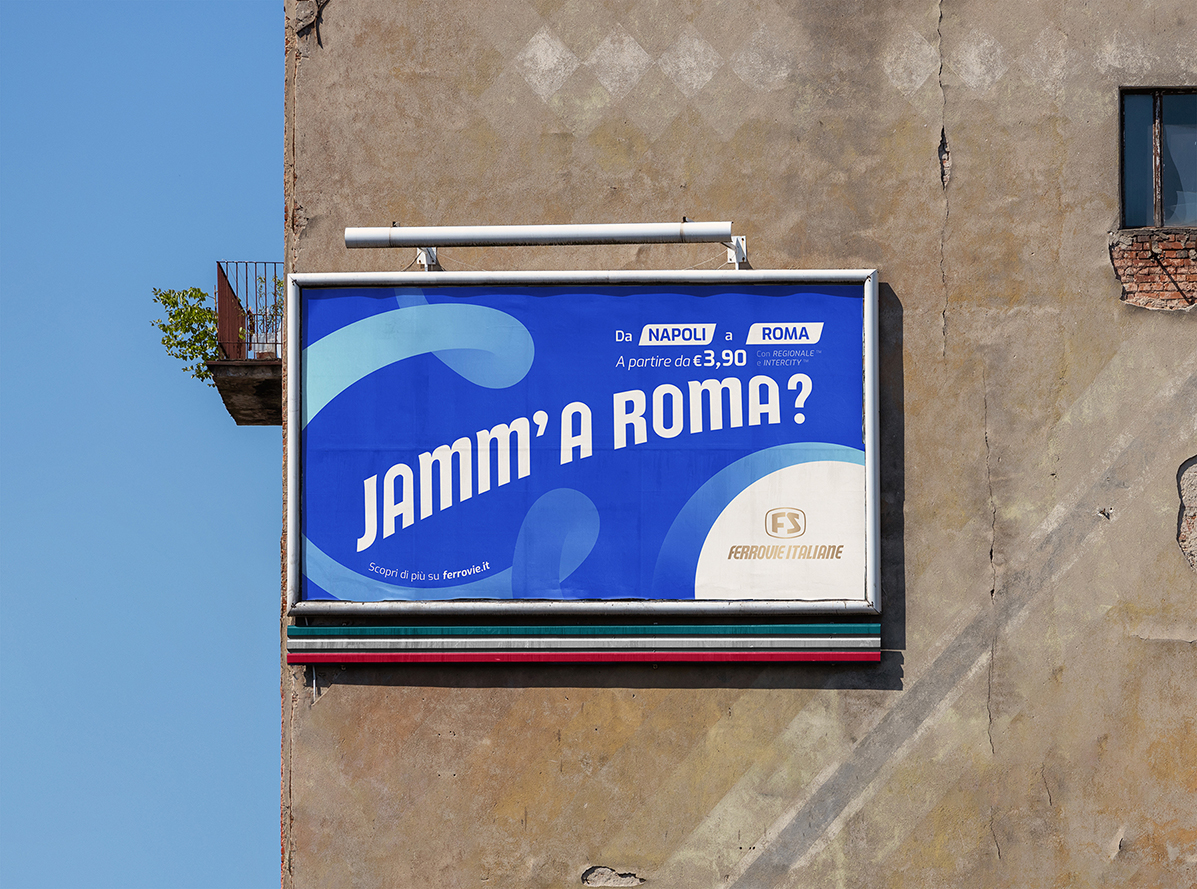
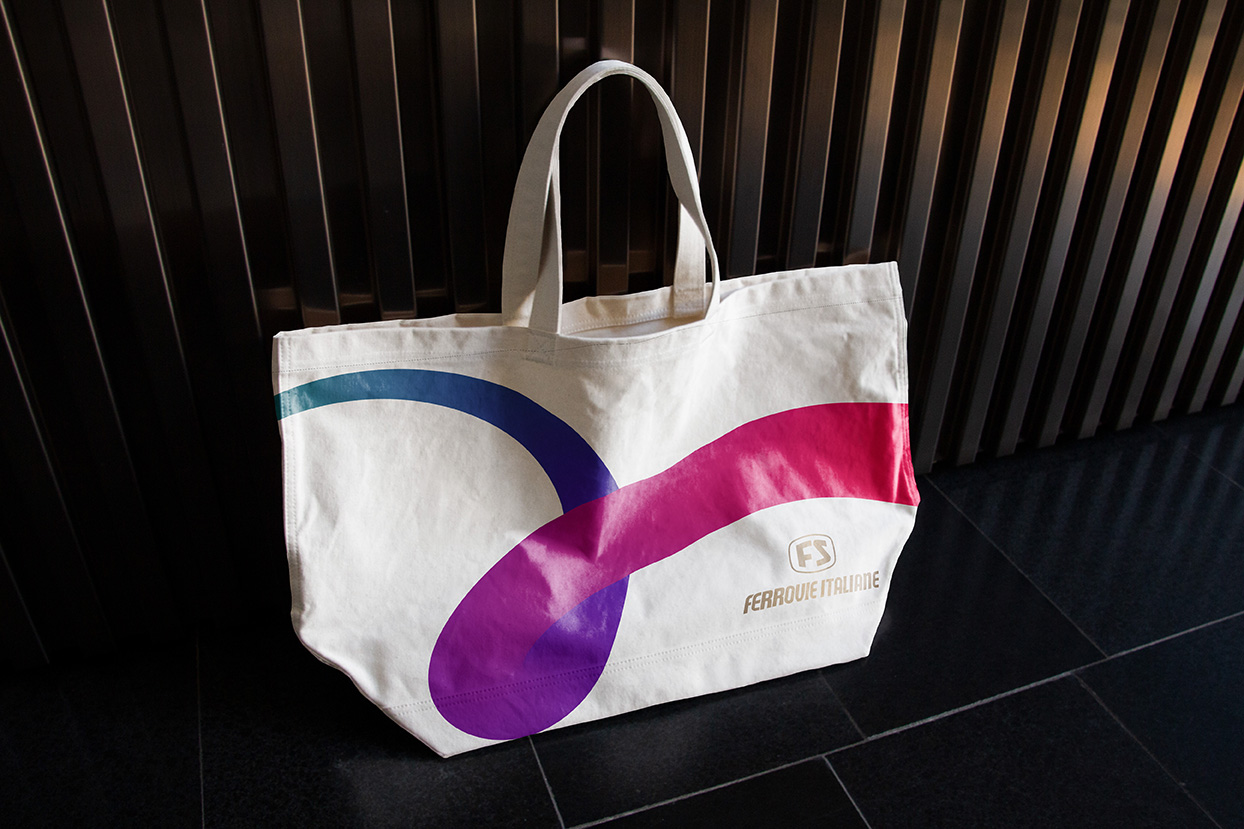

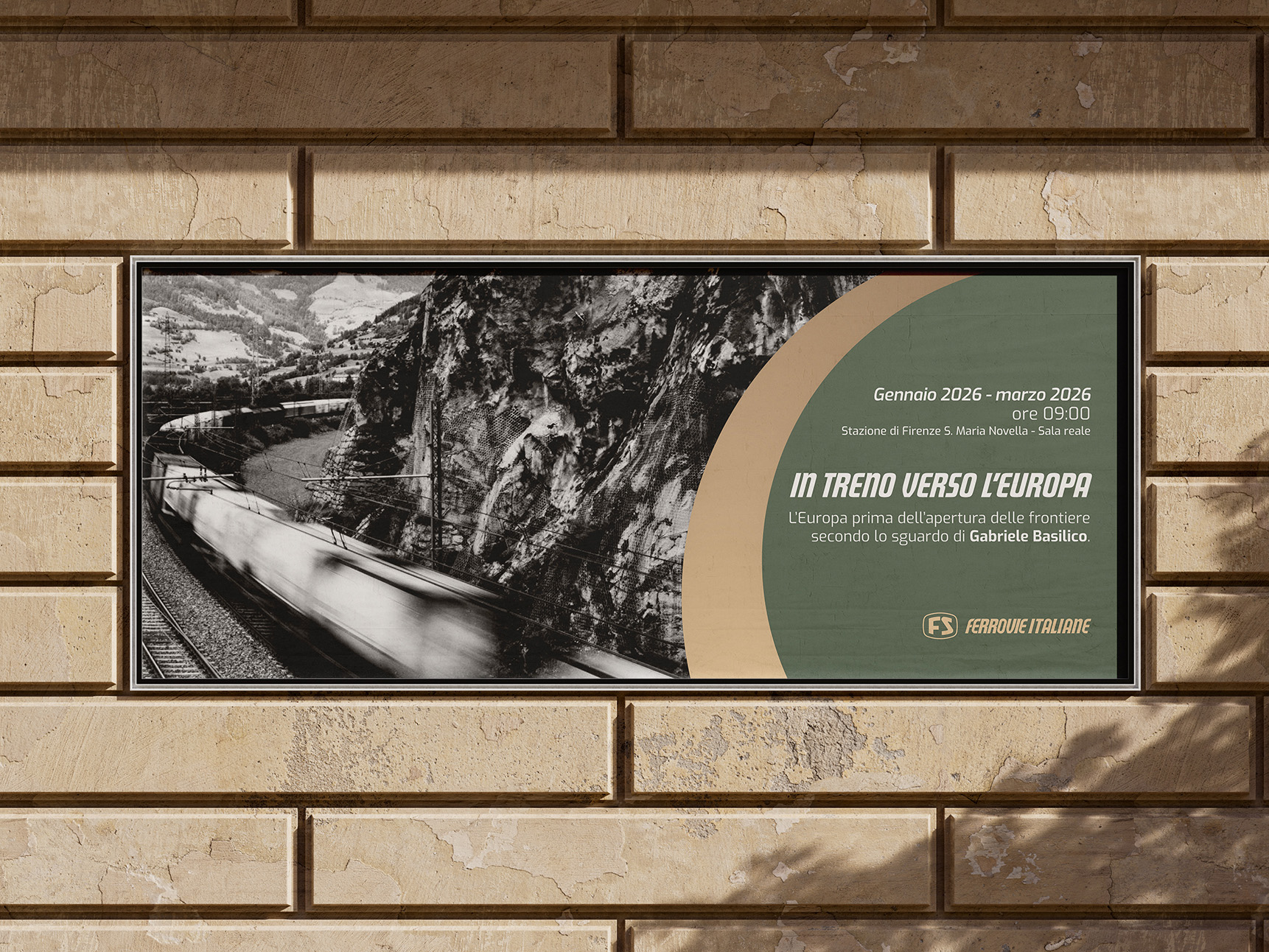
CREDIT
- Agency/Creative: Andrea Della Vecchia
- Article Title: Andrea Della Vecchia – Student Concept – Beyond The Brand: How Italian Railways’ Identity Can Redefine Italy’s Global Role
- Organisation/Entity: Student
- Project Type: Identity
- Project Status: Non Published
- Agency/Creative Country: Italy
- Agency/Creative City: Rome
- Market Region: Europe, Global
- Project Deliverables: Brand Architecture, Brand Creation, Brand Design, Brand Experience, Brand Guidelines, Brand Identity, Brand Mark, Brand Naming, Brand Tone of Voice, Branding, Identity System, Logo Design, Tone of Voice
- Industry: Public Utility
- Keywords: Railways, Branding, Country, Italy, Identity, Logo, Design
-
Credits:
Brand Strategist & Designer: Andrea Della Vecchia











